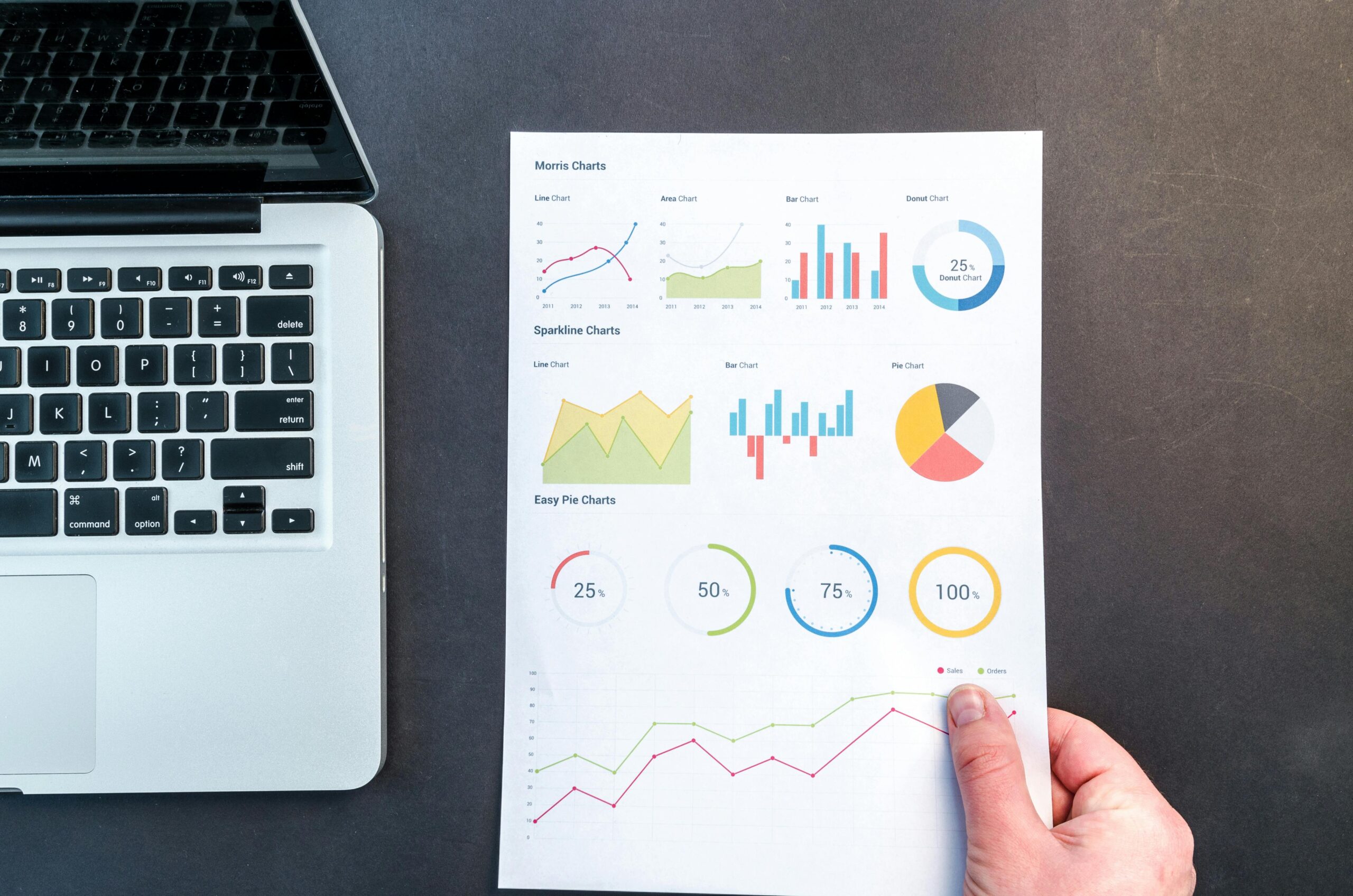Data analytics is a big, if not, the biggest thing, today. But what it really is? Ask Wikipedia and you would find:
a process of inspecting, cleansing, transforming and modelling data with the goal of discovering useful information, informing conclusions and supporting decision-making
Wikipedia
Two very simple words with a very big meaning.
Do it for a purpose
Nowadays, when people talk about data analytics, oftentimes, we start thinking about the programming codes, different programming languages, programs or apps. We believe what is more important is the purpose.
You can find many different proposed process flow for data analytics. But we believe more in the following:

The purpose of data analytics as mentioned early in this article is to discover information, inform conclusion and supporting decision making. In other words, make a difference. Many organisations we have seen started this journey without first defining the difference that they want to make. Our advice is not to go in the decision of selecting the right tool yet. Define the problem that the organisation is facing first.
After defining the problem, we would then find out ways to collect the right data, execute it, process the data and interpret. While it happens one after another, these steps should be planned together. Collecting data that you do not need in the end is a waste of resources. Collecting not enough data or missing out a dimension will make the analysis less meaningful or even useless. So, they need to be planned together.
Does the tool really matter?
What about the tools? We couldn’t emphasise more that the data analytics tools, the programming codes, programs or apps are enablers that help organisations in the process. There are many data analytics tools can do very complicated analysis but do you really need them?
Now that we have a plan on collecting, processing and interpreting data, think about which tool can help you to get the tedious works done. Our advice is to use only the tools that you truly understand how it works.
Giving an example: a control reviewer performs correlation between two GL accounts (e.g. revenue and receivables). He used a new tool that his firm just invested in. He put the data in and got the report saying that it is 20% relation. 80% anomalies?
What had happened: the tool uses the batch number as an identifier to group transactions together. If he understands this earlier, he would probably know use another identifier because 1 batch of journals many contain journals that are non-revenue related.
If you are trying to investigate a problem that involves a small data set or on a non-routine basis, the chances are Excel is more than sufficient.
Takeaway
A tool doesn’t do wonders if you do not know how to use it. Use data analytics as an enabler, not a data analytics textbook.


